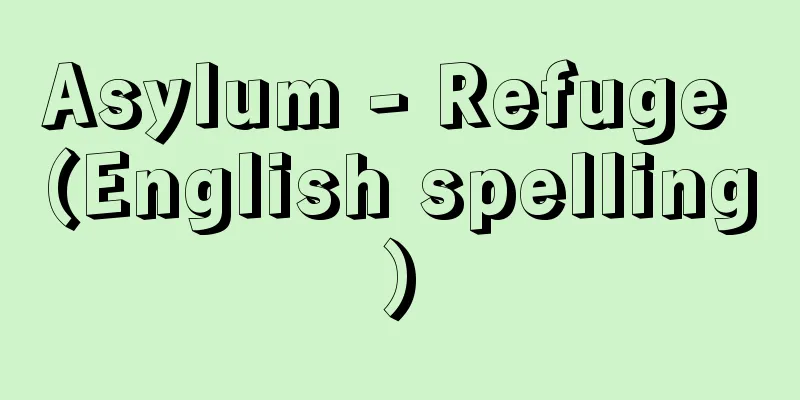Bristol (English spelling)

A city in the southwest of England, United Kingdom. It is a unitary authority. In 1974, the areas that belonged to Gloucestershire and Somerset counties were separated and became part of Avon County, and in 1996, it became a unitary authority. It is a port city on the left bank of the estuary of the River Severn, which flows into the Bristol Channel, about 190 km west of London. The city center is about 10 km upstream of the River Avon, which flows into the estuary. It began as a commercial settlement at the confluence of the River Avon and the River Flume around the 10th century. After the port was improved in the 13th century, it began to develop as a port town, and during the reign of Edward III (reigned 1327-77), it became a wool trading center, importing wool from Ireland and exporting woolen textiles, as well as trading with Spain, Portugal, France, and other countries. In the 17th and 18th centuries, trade flourished with the establishment of overseas colonies, and industries such as sugar refining and chocolate manufacturing began based on sugar and cocoa brought by triangular trade. It then declined for a time due to the rapid development of the Port of Liverpool (→Liverpool) in the 19th century, but it developed again after the construction of the outer ports of Avonmouth and Portishead, and became one of the most modernized ports in the UK. It imports grain, oil, feed, zinc, meat, dairy products, fruit, and timber, and exports automobiles, tractors, and machinery. It is also an industrial city, with an aircraft factory in Filton in the northern suburbs that manufactured the supersonic passenger plane Concorde, jointly developed by the UK and France, and other industries such as electronics, tobacco, paper, printing, flour, pottery, chemicals, shipbuilding, and machinery. Many banks and insurance companies have their headquarters in the city, making it a financial center. During World War II, many buildings were destroyed by air raids, but many historical buildings have been preserved, including Bristol Cathedral, formerly St. Augustine's Abbey (1142). There are educational institutions, including the University of Bristol (1876). Area: 110 km2 . Population: 380,615 (2001). Bristol |
イギリス,イングランド南西部の都市。単一自治体(ユニタリー unitary authority)。1974年の自治体再編でグロスターシャー県とサマセット県に属していた地域が分離してエーボン県の一部となり,1996年に単一自治体となった。ロンドンの西約 190km,ブリストル海峡に注ぐセバーン川の三角江(エスチュアリー)左岸にある港湾都市で,中心市街は三角江に注ぐエーボン川を約 10kmさかのぼった地点にある。10世紀頃エーボン川とフルーム川の合流点に商業集落ができたことに始まる。13世紀に港が改良されてから港町として発展し始め,エドワード3世(在位 1327~77)の治世には羊毛取引中心地となり,アイルランドから羊毛を輸入,毛織物を輸出したほか,スペイン,ポルトガル,フランスなどとも交易。17~18世紀には海外植民地の成立とともに貿易も盛んになり,三角貿易によってもたらされた砂糖やカカオを元に,製糖,チョコレート製造などの工業も始まった。その後 19世紀にかけて急速に発展してきたリバプール港(→リバプール)に押されて一時衰えたが,外港エーボンマウス,ポーティスヘッドが建設されてから再び発展,イギリスで最も近代化の進んだ港湾の一つとなった。穀物,石油,飼料,亜鉛,肉,酪農製品,果実,木材などを輸入し,自動車,トラクタ,機械などを輸出する。工業都市でもあり,北郊のフィルトンにイギリスとフランスが共同開発した超音速旅客機『コンコルド』を製造した航空機工場が立地するほか,電子工学,たばこ,製紙,印刷,製粉,陶器,化学,造船,機械などの工業も盛ん。銀行,保険会社の本社も多く,金融の一中心地にもなっている。第2次世界大戦では,空襲により多くの建物が破壊されたが,元聖オーガスティン修道院(1142)であったブリストル大聖堂をはじめとする歴史的建築物が多数保存されている。ブリストル大学(1876)をはじめとする教育機関がある。面積 110km2。人口 38万615(2001)。
ブリストル
|
Recommend
Notary Public
Notaries are not public officials as defined by t...
Lotus (Opsariichthys uncirostris)
A freshwater fish of the Cyprinidae family (illust...
Gypsophila - Gypsophila
A cold-hardy annual or perennial plant of the Car...
Flip - Flip
(1) Rereeling: The process of rewinding raw silk o...
Litigation - Soshokoui
In civil litigation, it refers to the willful act...
Snow erosion - Snow erosion
Erosion caused by the movement of remaining snow ...
Cutting edge (literature) - Cutting edge
…However, in reality, poems were added (kiriire) ...
Cannizzaro reaction
An organic chemical reaction in which two molecul...
Ingodinskoe
...Population: 370,000 (1990). Since 1653 it has ...
Spontaneous Combustion - Mint
When a combustible substance is heated in oxygen ...
The Record of the Autumnal Seasons of the Northern Waters - Uyoshuhokusui Doro
This large 10-volume work was completed in 1787 (T...
Jehovah's Witness
…the name of the Christian sect commonly known as...
saccharide
…Originally a vague term given to natural sweeten...
Baseline (ocean) - Kisen
…All waters within the baselines along which the ...
Rosary - Rosario (English spelling) Rosarium (Latin)
A rosary-like tool used in the Catholic Church fo...









